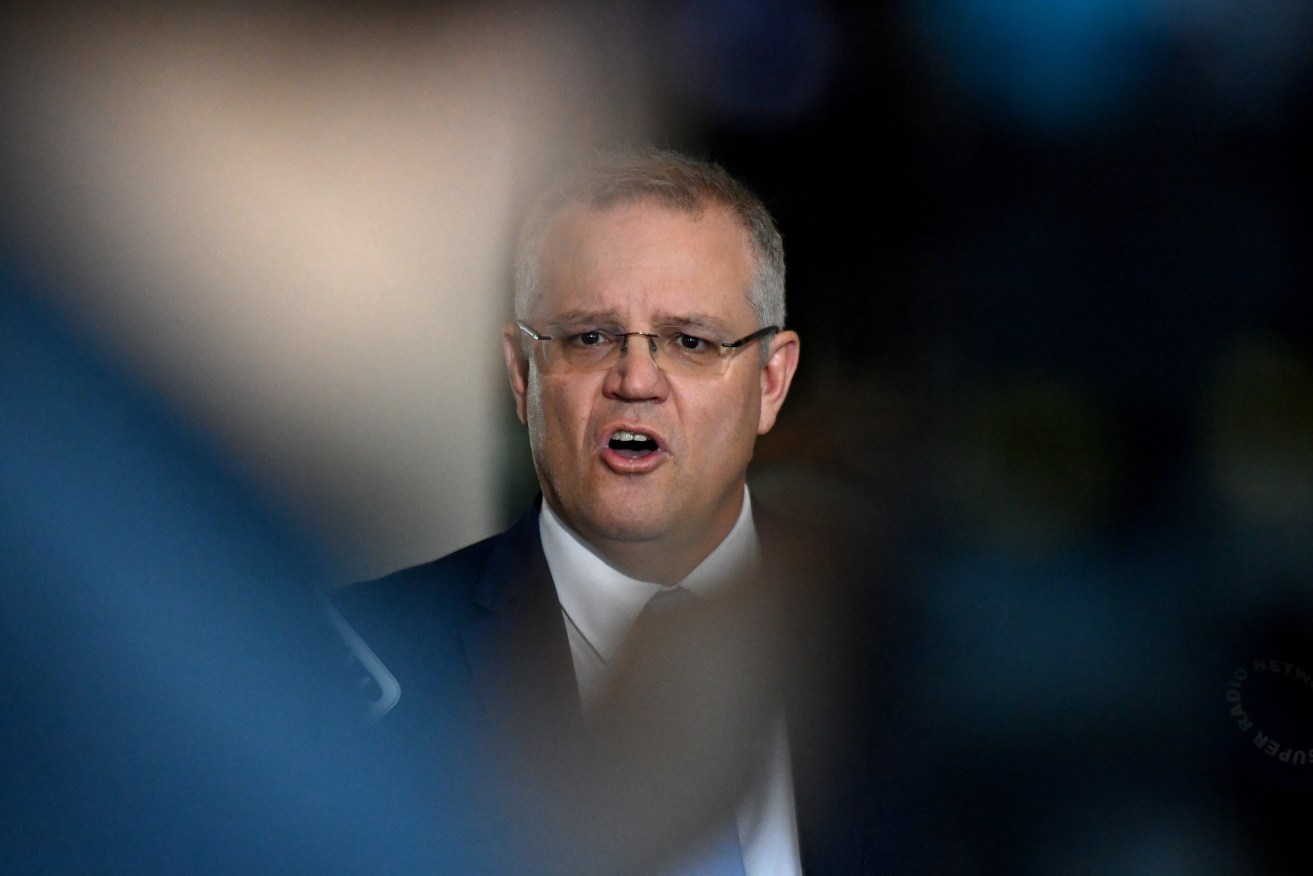Federal Treasurer Scott Morrison will put to his state and territory counterparts in September a new arrangement which would iron out some of the wrinkles in the GST revenue distribution system which has been in place since 2000.
Western Australia has long complained about its share of the GST dropping during the mining boom due to the way the existing system, known as horizontal fiscal equalisation, is benchmarked.
The benchmark will shift over eight years to a new standard that will ensure the fiscal capacity of all states and territories is at least the equal of NSW or Victoria (whichever is higher), evening out the impact of extreme events such as the WA mining boom.
However, Morrison said the changes, which would involve a permanent boost to the pool of funds, were not just about WA.
“The Commonwealth is investing in the fair-go principle … which delivers the schools, the hospitals, the nurses, the police, and the essential infrastructure,” Morrison told reporters in Canberra today.
The states and territories are slated to receive $67.3 billion in GST payments in 2018/19, rising to $112.25 billion in 2028/29.
The Federal Government will put in place the new “floor” of 70 cents per person per dollar of GST, below which no state’s relativity can fall, from 2022/23.
This will rise to 75 cents from 2024/25.
The Government has rejected the recommendation of a Productivity Commission review to use an “average” figure to equalise the payments, which Morrison said would have left smaller states behind.
South Australian Treasurer Rob Lucas said the “disastrous” formula favoured by the Productivity Commission would have cost the state $500 million a year in GST revenue.
“That was the elephant in the room that should have terrified all South Australians and we welcome the fact that that’s the first decision taken by the Federal Government to reject that particular recommendation,” Lucas told ABC Radio Adelaide today.
“What we now have is a promise from the Prime Minister that South Australia and no state will be worse off and we welcome that promise.”
However, he said his own officials would analyse the data to make sure that promise is accurate.
“We’ve seen the figures that the federal Treasury have produced and what we’ll be doing over the coming months is our State Treasury will have a look at that to assure us as a State Government that we’ll be no worse off…”
SA would not sign the deal “unless it is in South Australia’s best interests to do so”.
State Labor leader Peter Malinauskas said the Federal Government was “seeking to address a political problem” with the GST changes.
“That means that we must be losing something somewhere and we want to find out exactly where that is,” Malinauskas told reporters.
WA will support the changes, with the state’s Treasurer Ben Wyatt saying the Federal Government had taken a pragmatic approach by presenting changes which were likely to be supported.
Tasmanian Premier Will Hodgman said on face value his state would be better off, but didn’t rule out opposing the plan if it left them in a worse position.
Queensland Premier Annastacia Palaszczuk wants to see the modelling to determine where the federal money is coming from.
Morrison said it would be a “completely reasonable expectation” that other grants to the states would not be cut back as the new GST formula took effect.
He rejected the idea of broadening the base or raising the rate of the GST.
Asked how the Government could afford the extra money, he said the “real kick in” was when the federal budget was set to be in a surplus of at least one per cent of GDP.
The shorter-term funding would be set out in the mid-year budget review in December.
The details of the deal will be set out in a permanent intergovernmental agreement to be signed by the end of 2018.
Morrison said he suspected there would be some “disagreement about numbers” among the states in the lead-up to the agreement being signed, but he was confident a deal could be struck.
Labor leader Bill Shorten said he would look at the detail of the plan.
“I want to make sure that states are left with certainty that they don’t have to go cap in hand to Canberra whenever they want to fund a school or hospital,” Shorten said.
“I want to make sure this is a government who’s not robbing Peter to pay Paul.”
– InDaily with AAP





